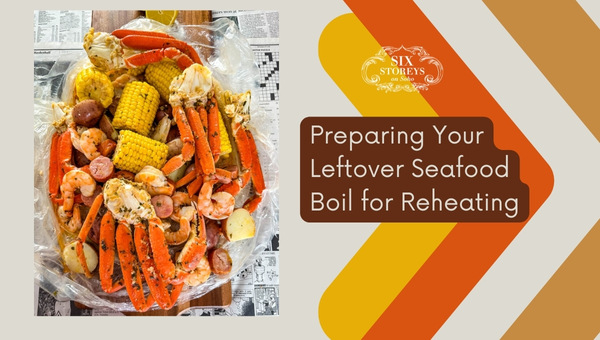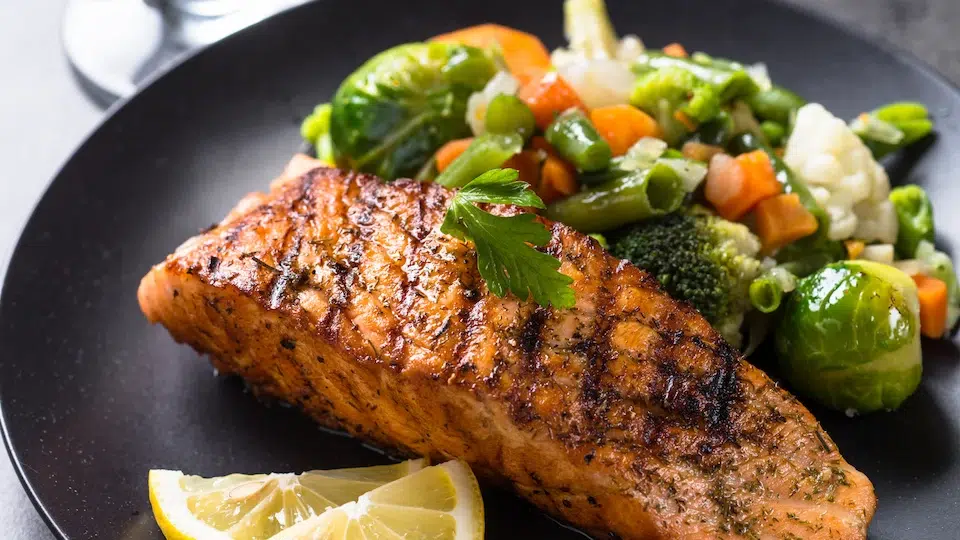How to Reheat Seafood Boil: Essential Tips for Delicious Results!
– The article discusses the best ways to reheat a seafood boil.
– A seafood boil typically consists of shrimp, crawfish, crab, lobster, corn on the cob, and boiled potatoes.
– Seafood boils are often served at family gatherings or outdoor parties and may result in leftovers.
– It is important to store and reheat the leftovers correctly to avoid a rubbery texture, fishy taste, or foul smell.
– The article offers various methods to reheat the seafood for later enjoyment.
– The article is about how to reheat seafood boil and why it is served in a bag.
– Reheating using boiled water involves placing the seafood boil bag in a pot of boiling water and letting it warm for several minutes.
– Reheating in the microwave involves removing the seafood from the bag and heating it on a microwave-safe plate covered with a damp paper towel for one to two minutes.
– Reheating in the oven involves preheating the oven to 400 degrees Fahrenheit, placing the seafood on a baking sheet, and baking for eight to 10 minutes.
– Reheating in a steamer involves filling a steamer pot with water, bringing it to a boil, placing the leftovers in a steamer basket, and steaming for 5-10 minutes.
– Reheating in an Instant Pot involves adding a cup of water to the pot, placing the seafood in a steamer basket, setting the Instant Pot to manual high pressure for 5-7 minutes, and manually releasing the pressure once the time is up.
– Reheating in an air fryer involves preheating the air fryer to 375°F, placing the seafood boil in the air fryer basket, and cooking for 8-10 minutes.
– Seafood boils are served in a bag to retain moisture, allowing the seafood to be tender and succulent. It also helps the flavors of the seasonings to fully absorb into the seafood and keeps the kitchen clean by containing any mess.
– Seafood boils are a popular type of meal, especially in coastal areas.
– There is debate about whether seafood boils are healthy.
– Boiling seafood can cause nutrient loss.
– Seafood boiled in a heavy sauce or broth can be high in calories and unhealthy fats.
– Seafood boils can be healthy if made with lean seafood and fresh veggies.
– Seafood boils can be a good source of protein, vitamins, and minerals.
– The boiling process can kill harmful bacteria in the seafood.
– Leftover seafood boil should be stored in an airtight container in the refrigerator.
– Leftovers should be consumed within two days for optimal freshness.
– Reheated seafood should be cooked until fully cooked through.
– Overcooked seafood may turn white or gray, smell fishy or off, and be rubbery or chewy.
– Tips for reheating seafood boil: remove excess air from the bag, thaw if frozen, add seasoning or butter, remove from heat source and serve immediately.
– Leftovers can be stored in the refrigerator for 2-3 days.
– Seafood boil can last up to three days in the fridge or up to two months in the freezer.

